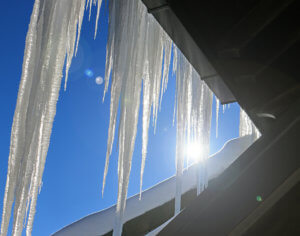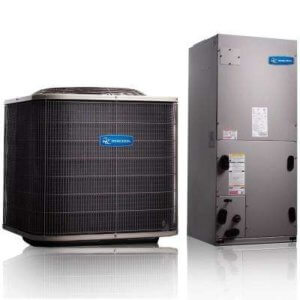I’m not sure if it’s how busy things are or the increase in the number of land transactions equating to an increase of things I haven’t seen before, but I sure have seen an uptick of strange inspection findings. Over the course of my career, I’ve bumped into town parcels without connectivity to a sewer line, sinkholes because of buried cars, a number of buried fuel tanks, concerns over oil spills, hillside geotechnical concerns and more. As one might expect, I’ve also run the gamut with discussions on radon, bugs, covenants and restrictions, easements and so on. However, lately, I’ve even bumped into a few more. Bedrock preventing a typical septic install, extraordinary deep wells and artesian wells and springs are a few examples. One thing is for sure (although not as geographically interesting as Yellowstone), Teton Valley has some diverse terrain with nuances that one may not normally consider. I suppose it all depends on what one might be used to in terms of the nuances of their area, but even I would not have predicted bedrock in areas of the Teton Valley.
The above being said, it’s important to do your research. Remember that as agents, we are not experts in geography, terrain, practicing law, interpreting title and so forth. Real estate agents negotiate real estate transactions, and that includes negotiating due diligence and inspection periods for buyers to better understand and research the property they intend to buy.
Unfortunately, it’s almost impossible to plan for every situation that may arise when purchasing land with plans to build. One of the benefits (although not a guarantee) of purchasing a pre-existing home is the fact that many of the potential problems either did not arise, or have been resolved. Another tip to consider when buying land is purchasing in a subdivision. Although I have bumped into properties within subdivisions that still had special wetland requirements or septic problems, it’s less likely. With the growing demand for properties that are not in a subdivision, it’s important to also consider the fact that subdivisions have likely already been through a preliminary set of county or city required engineering reports, soil testing and so on.
The moral of the story, and the theme for many of my articles is; do your research!

 You’ll probably find a video in the coming weeks with respect to heat pumps in our climate, I’ve just installed one. One can assume that probably means that they do work in our climate, otherwise I wouldn’t have installed one. The real answer is, pretty much. With that said, read on for details.
You’ll probably find a video in the coming weeks with respect to heat pumps in our climate, I’ve just installed one. One can assume that probably means that they do work in our climate, otherwise I wouldn’t have installed one. The real answer is, pretty much. With that said, read on for details.